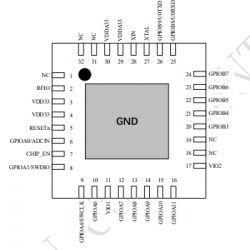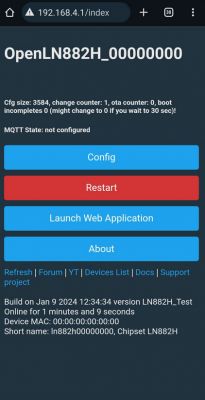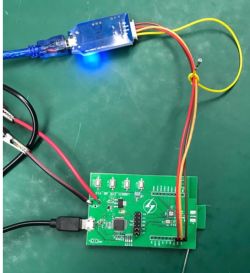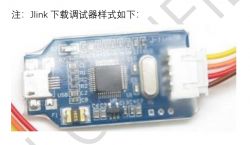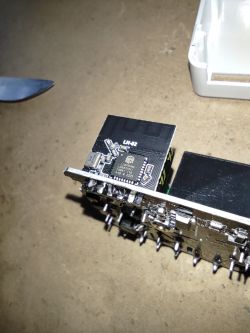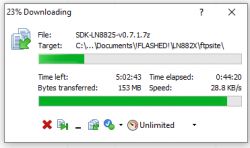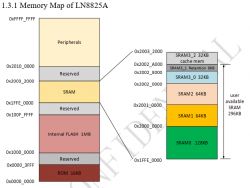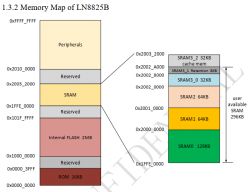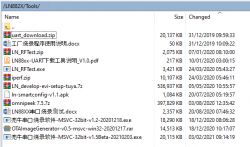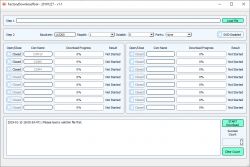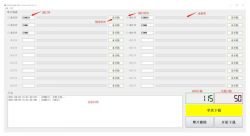I wrote a Python script to dump the original firmware (very slowly). I then reflashed the firmware, which booted, but I didn't save the OTP area and it failed to work properly. I will share the script when I'm back at home and also some other instructions which I think you should execute to dump OTP and other bits before flashing anything new. I'll also see if I can optimize the script.
I wrote a Python script to dump the original firmware (very slowly). I then reflashed the firmware, which booted, but I didn't save the OTP area and it failed to work properly. I will share the script when I'm back at home and also some other instructions which I think you should execute to dump OTP and other bits before flashing anything new. I'll also see if I can optimize the script.








